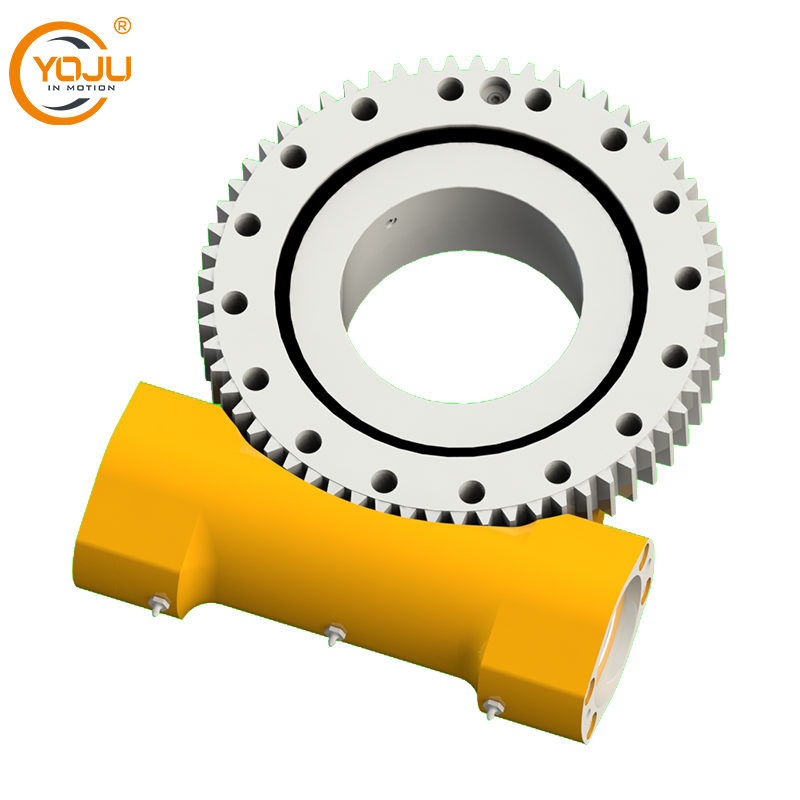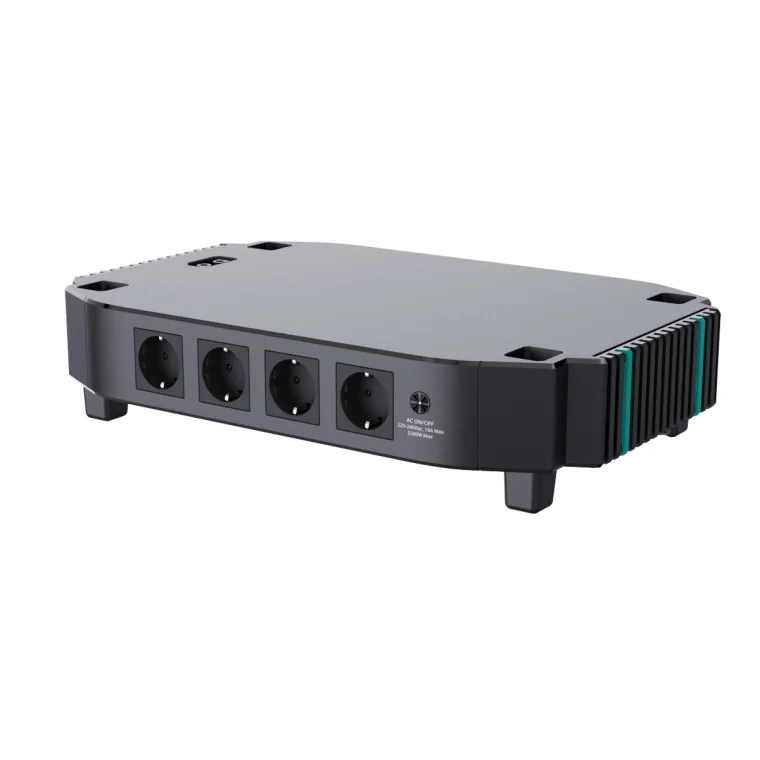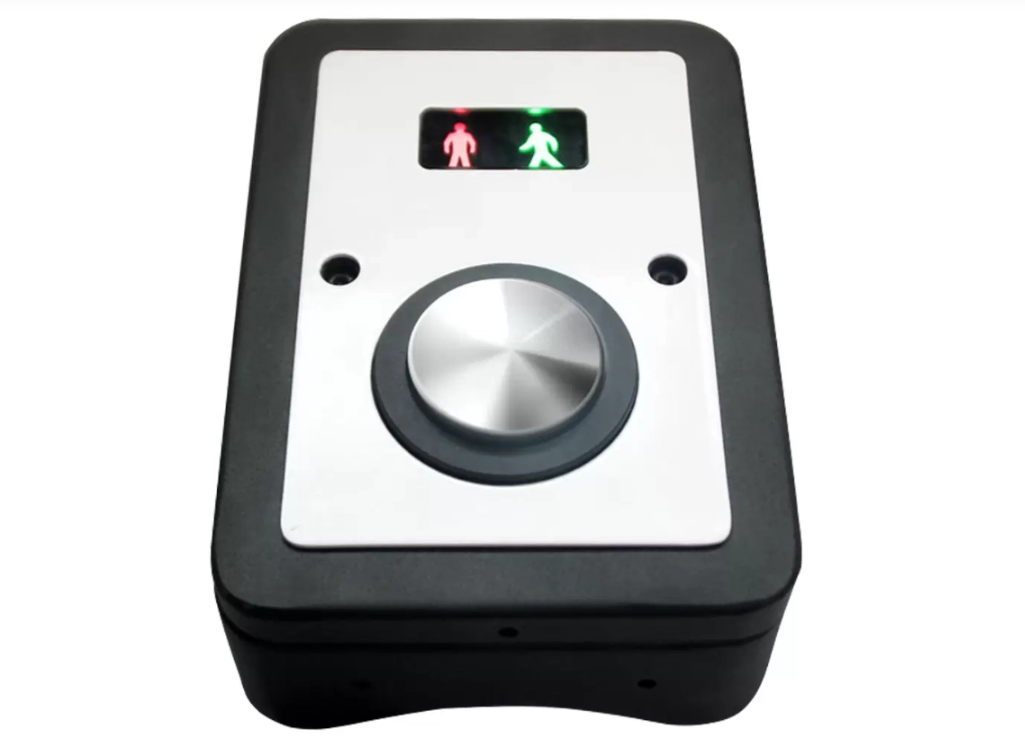In the age of data-driven decision-making, dashboards have become essential tools for businesses and organizations. They provide a visual representation of key metrics, enabling stakeholders to monitor performance, identify trends, and make informed decisions. However, a dashboard is only as effective as its presentation and usability. So, how do you keep your dashboard shiny? This article delves into advanced strategies for maintaining an engaging, informative, and user-friendly dashboard.
- Prioritize User Experience (UX)
The first step in keeping your dashboard shiny is to prioritize user experience. A well-designed dashboard should be intuitive and easy to navigate. Here are some advanced UX strategies:
- User-Centric Design: Conduct user research to understand the needs and preferences of your audience. Create personas to guide your design process, ensuring that the dashboard meets the specific requirements of different user groups.
- Consistent Layout: Maintain a consistent layout across all dashboard pages. Use a grid system to align elements and ensure that users can easily find information. Consistency in fonts, colors, and iconography enhances readability and reduces cognitive load.
- Interactive Elements: Incorporate interactive elements such as filters, drill-downs, and tooltips. These features allow users to explore data at their own pace, making the dashboard more engaging and informative.
- Optimize Data Visualization
Data visualization is at the heart of any dashboard. To keep your dashboard shiny, focus on optimizing how data is presented:
- Choose the Right Charts: Different types of data require different visualization techniques. Use bar charts for comparisons, line graphs for trends over time, and pie charts for showing proportions. Avoid cluttering the dashboard with unnecessary visualizations that can confuse users.
- Color Theory: Leverage color theory to enhance comprehension. Use contrasting colors to highlight important metrics and maintain a cohesive color palette to ensure visual harmony. Be mindful of color blindness; consider using patterns or textures as alternatives.
- Dynamic Data Updates: Implement real-time data updates to keep your dashboard relevant. Users should have access to the most current information, which can significantly impact decision-making.
- Maintain Data Integrity
A shiny dashboard is not just about aesthetics; it’s also about the accuracy and reliability of the data presented. Here’s how to ensure data integrity:
- Regular Audits: Conduct regular audits of the data sources feeding into your dashboard. Verify that the data is accurate, complete, and up-to-date. This practice helps prevent misinformation and builds trust with users.
- Data Governance: Establish a data governance framework that defines data ownership, quality standards, and access controls. This framework ensures that only reliable data is used in your dashboard, enhancing its credibility.
- Feedback Mechanism: Implement a feedback mechanism that allows users to report discrepancies or suggest improvements. This not only helps maintain data integrity but also fosters a culture of continuous improvement.
- Embrace Continuous Improvement
A shiny dashboard is a dynamic entity that requires ongoing refinement. Here are some strategies for continuous improvement:
- User Feedback: Regularly solicit feedback from users to identify pain points and areas for enhancement. Conduct surveys or interviews to gather insights on usability and functionality.
- Performance Metrics: Track performance metrics such as user engagement, time spent on the dashboard, and the frequency of use. Analyzing these metrics can help you identify trends and make data-driven decisions for future updates.
- Stay Updated with Trends: The field of data visualization is constantly evolving. Stay informed about the latest trends and technologies in dashboard design. Attend webinars, read industry blogs, and participate in forums to keep your skills sharp.
Conclusion
Keeping your dashboard shiny requires a multifaceted approach that prioritizes user experience, optimizes data visualization, maintains data integrity, and embraces continuous improvement. By implementing these strategies, you can create a dashboard that not only looks appealing but also serves as a powerful tool for decision-making. Remember, a shiny dashboard is not just about aesthetics; it’s about delivering actionable insights that drive business success.





